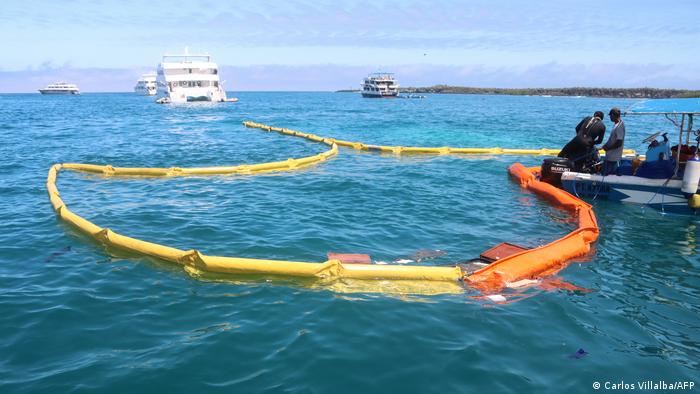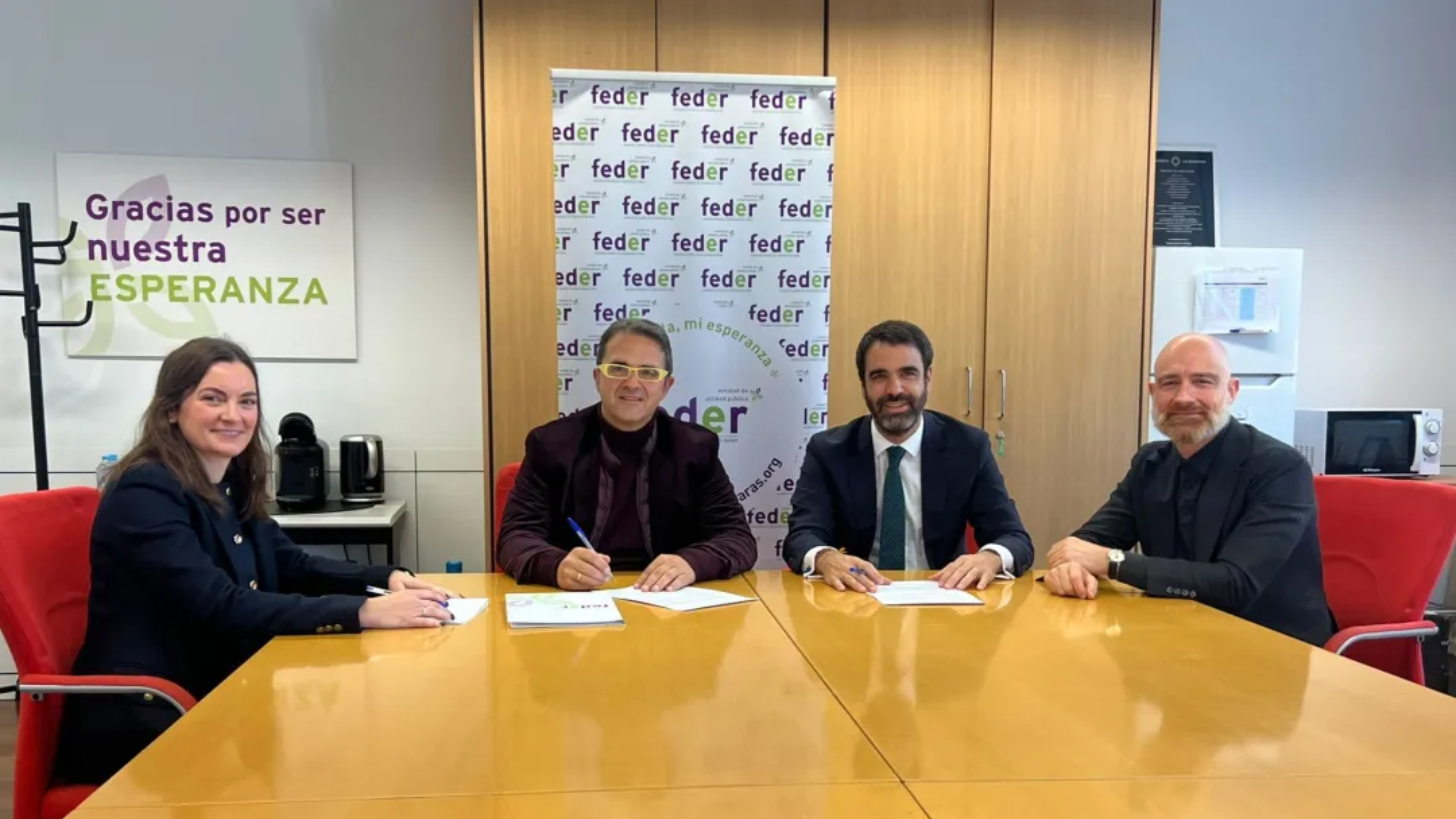
This “is an example of how Latin America is not only tackling global challenges, but being part of the solution, becoming a pioneer in innovative approaches and instruments that can be replicated worldwide.”
Ecuador carried out a debt-for-nature conversion operation for a total of 1,630 million dollars, a procedure that reduces its liabilities and generates savings that will be used for the conservation of the Galapagos Islands, announced the government of Ecuador and institutions associated with the process.
This operation means reducing a tranche of the Ecuadorian debt by more than 1,100 million dollars, explained sources in Quito. Ecuador converted debt for an approximate value of 1,630 million dollars into “a new debt of 656 million dollars,” said the Minister of Economy, Pablo Arosemena.
The Inter-American Development Bank explained that it granted a guarantee to the country for 85 million dollars, while the United States Development Finance Corporation (DFC) extended political risk insurance for 656 million.
In addition, a group of 11 private insurers “provides more than 50% reinsurance to facilitate the project,” the Credit Suisse bank, which articulated the operation, said in a statement.
Reduction of public debt and protection of Galapagos
A “Galápagos Marine Bond was used to finance the debt conversion” for an exact amount of 1,628 million dollars in international bonds issued by Ecuador, to a “credit of 656 million dollars,” said the bank that will now be the creditor of the South American country for that liability.
The mechanism allows Ecuador “to purchase existing public debt on better terms” with the consequent saving -of 1,126 million dollars- in the cancellation of that liability.
Of that saving, Ecuador will allocate some 450 million dollars to the protection of the flora and fauna sanctuary.
Ecuador sets a precedent with debt for the environment
According to the IDB, it is “the largest debt-for-nature conversion in the world.” The operation “is an example of how the region is not only tackling global challenges, but is also being part of the solution, pioneering innovative approaches and instruments that can be replicated and scaled globally,” said Ilan Goldfajn. , president of the IDB, quoted in the statement.
The Galapagos Islands, located 1,000 km off the coast of Ecuador, have unique flora and fauna in the world and are named after the gigantic tortoises that live there. Its fragile ecosystem is part of the Natural Heritage of Humanity and inspired the English scientist Charles Darwin to write his theory on the evolution of species in the 19th century.





